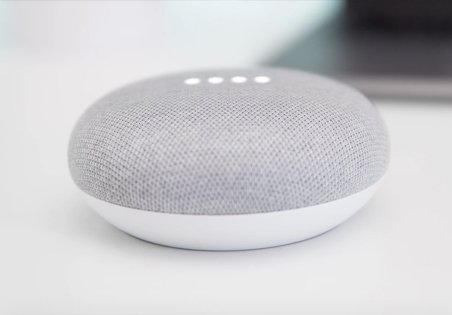Uncloaking What is User Research?
How often do you come across clients who need to know the fixed sample size for their user experience research? Researchers are often left bemused when faced with such questions. Why? It is a classic Catch-22 situation. Say a short sample size and clients would feel that you’re not serious about the UX research. State a bewildering number and the client will ponder about the time and budget required.
User experience research, Design research and market research are poles apart. Design research can start from just 3 subjects and can even include hundreds of subjects. It all depends on the quality of inferences you need to draw. If only you could find a way to determine the right sample size. We have found out all the factors you need to weigh-in before deciding the sample size.
Explore the Boundless Scope of Our Services
The success of your project ultimately depends on the scope of your study. At Pattem Digital, we understand the significance of defining and narrowing down the scope to achieve desired outcomes. The scope of your study can be limited to the following.
Build a product from scratch:
If your focus is to design a product from the ground-up using exploratory research, you need all the helping hand you can get. Exploratory studies need the entire range of target audiences including existing or new users. Think of recording interactions across all the scenarios, use cases, edge cases, and possible interactions. A new experience if undocumented before is an unknown entity. You can only expect the ideal interaction. But the real world and user interactions can make you go back to the drawing board and start from scratch. The only hindrance from choosing an extensive sample size is the time and budget constraints.
Validatory research for existing products:
If you are seeking out the answers to existing products using validatory research, then you are better off with a smaller sample size. If you are looking to fix the usability issues in an interface, you can also rely on a sample size that has as few as 5 people in it. If however, you are looking to test out new features or gauging the current capabilities of the system, you may need more than 5 users as user research sample size.
Sample size dependent on the study population:
You cannot just have only a type of user of your product. You may have a target population that is spread across countries while speaking different languages. Having such a diverse sample size would need you to have a comprehensive user research sample size. You will need a well-distributed representative from each demographic. You will also need at least 3 representatives from each region. This number may well vary based on the complexity of the product.
Resources you can spare:
We all know that conducting user research takes money and time. You need to interview users, study their inputs and analyze the insight. Use the trade-off between time and budget for the exercise to decide the number of users you need to interview. Choose between the different types of expensive, inexpensive, personal, and impersonal techniques to gather your responses.
Quantitative or qualitative user research:
The researcher knows what sort of responses they are looking for. Quantitative research techniques may get you a large number of responses which may not have too much meaningful insights for you. Whereas, qualitative responses may need you to dig deep and devote the time and budget required to gather adequate responses.
You can take into consideration all of these factors to decide your ideal sample size. It is always better to be prepared with enough user insights than go in blind and build a product that is destined to fail the user expectations.
Unbinding World-Class Software at Unbeatable Value
Whether you’re looking to develop a new app, or software, or enhance your design, our team is well-equipped to meet your needs. We offer comprehensive services and valuable user insights to ensure your project’s success. Reach out to us for a free consultation and let us guide you through the process.
Best UI Design: Tailored to Perfection for Your Success
When it comes to UI design, we believe in delivering nothing but the best. Our team of expert UI designers will craft visually stunning and intuitive designs that captivate your users. With meticulous attention to detail and a focus on seamless user experiences, we guarantee that your products will shine. Don’t hesitate to contact us now and discover how we can elevate your UI design to new heights.
Unrivaled AI & ML Solutions at Your Fingertips
Unlock the potential of your data with our cutting-edge Artificial Intelligence and Machine Learning solutions. Our team of experts will assist you in harnessing the power of data to drive insights and make informed decisions. As a UX research company, we offer solutions from predictive analytics to personalized recommendations, tailored to your unique requirements. Reach out to us today and let us show you how our expertise can help you leverage your data effectively.


